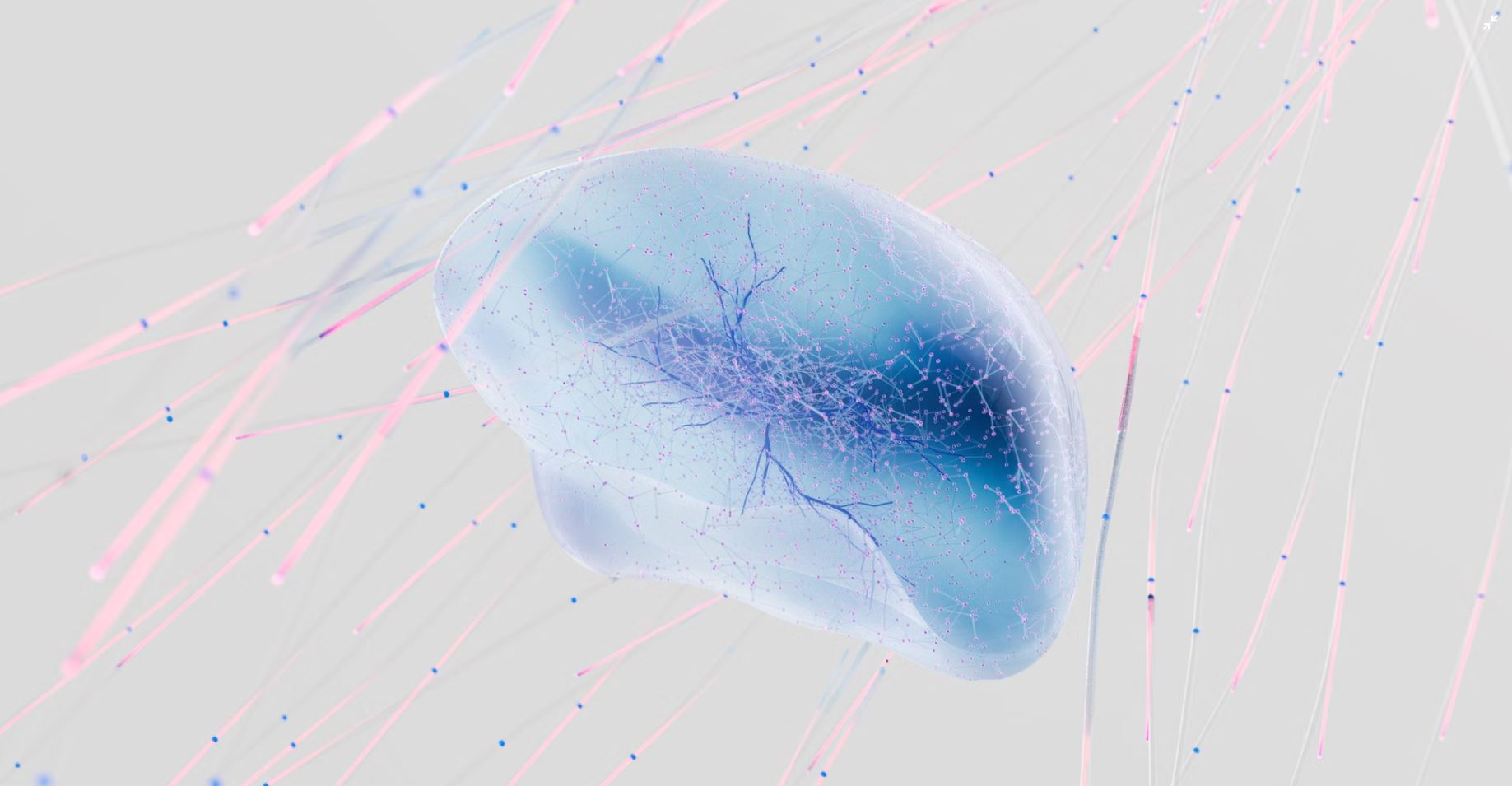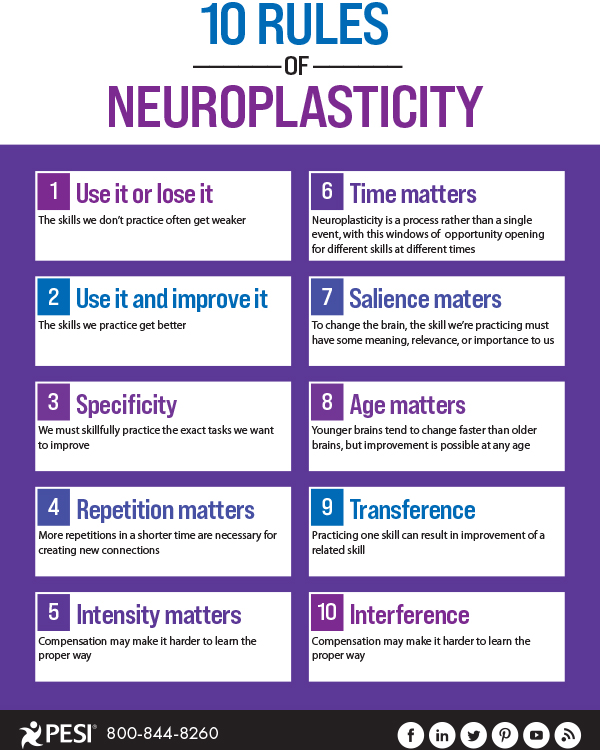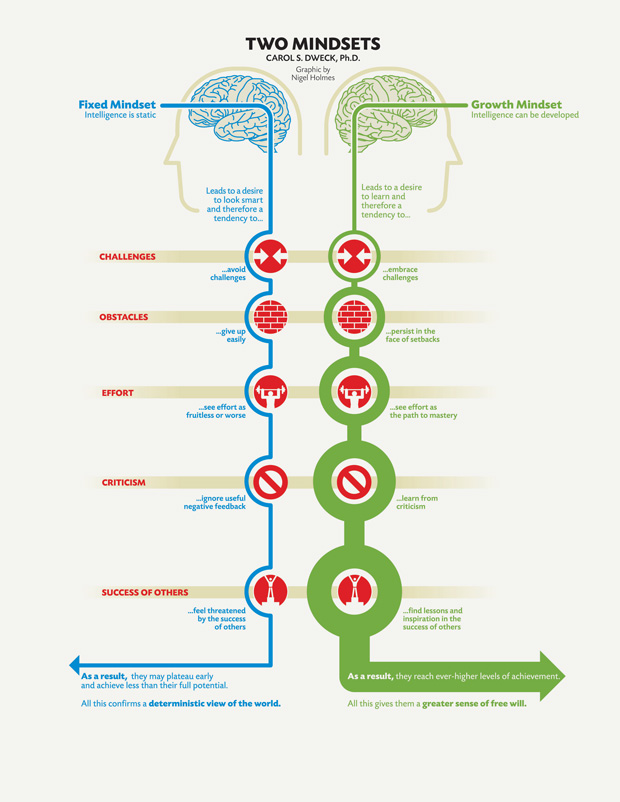Neuroplasticity & Growth Mindset
Cultural Blog

Imagine this. You’re a peak-performance athlete, dedicated to
pushing your physical limits. In your latest training session, a
sudden equipment failure shatters your hip, leaving you
bed-bound in a hospital. The once rhythmic pounding of your feet
on the track is replaced by the hum of medical machinery.
Surgeries and months of rehabilitative physiotherapy loom ahead.
You’re faced with the daunting task of adjusting your diet to
account for the sudden loss of activity, and uncertainty clouds
your thoughts as you question whether you'll ever run and train
with the same intensity again.
Decades of medical advancements have taught us the art of
rehabilitation and therapy for the body. We've honed the ability
to treat minor injuries, viewing them as temporary setbacks.
However, when confronted with major injuries, precision,
discipline, and a laser focus on optimal outcomes become
imperative. In this realm of physical recovery, we have learned
to embrace the tenets of rehabilitation.
And yet, in the broader scope of human well-being, the
principles of rehabilitation extend beyond the physical. Enter
the realm of neuroplasticity – the brain's ability to reorganise
itself, forging new neural connections throughout life.
In this context, poor time management, stress sensitivity, and
negative self talk are all like the minor injuries our body
might experience when training. The daunting factor with these
is that they start out minor but when left untreated over long
periods of time turn into more severe and harder to fix problems
for people, developing into chronic procrastination, burnout and
low self-eseteem.
Neuroplasticity makes us aware of our brains ability to change
these habits and start treating and rehabilitating them. When we
try new things and focus on the way we do them our brain begins
to build new neural pathways, when we do this intentionally over
a period of time the old pathways begin to weaken, much like
roads. We have seen it time and time again, when a new major
road opens with lots of space and higher speed limits people
begin to use these roads as a mainstay of their daily commute.
Take transmission gulley as an example, it has only been open
for a couple of years now but we can already see the impact it
has had on the old statehighway 1, the old highway is almost
deprived of traffic. This is the same thing that happens when we
flip our mindset. If you are able to adjust your negative self
talk even just in a minor way, you can train your brain to feed
your positive messages, instead of “I can’t do this” try adding
“yet…” to the end of that sentence, within a week you might find
yourself more focused, more positive and more composed when
facing challenges in your daily study routine.
Here are the principles of neuroplasticity:

In the landscape of mental health, acknowledging and embracing
neuroplasticity is akin to fine-tuning the body after a
significant injury. It's an investment in mental well-being,
fostering resilience, adaptability, and a profound capacity for
growth. Just as an injured athlete diligently follows a
rehabilitation regimen, engaging with neuroplasticity involves
intentional and targeted mental exercises.
If you’re interested in learning from an actual expert, check
out
ted talk by Dr. Kristen Mesenheimer.
Now with what we’ve learnt about Neuroplasticity, we understand
that our brain can change, that we can train bad habits into
good habits and that everyone is capable of this, how do we put
it to work?
Well first i’d recommend having a quick watch of this
video.
The first step towards moving from a fixed mindset to a growth
mindset is having a fundamental understanding of your
neuroplasticity. A growth mindset is the ability to view your
mistakes and setbacks as an opportunity to improve and do it
better the next time. When you have a growth mindset you can
look forward to challenging tasks because you know that through
practise and repetition you will improve.
Ask yourself this:
- How do you react when you hit a wall?
- How do you take responsibility when you’ve made a bad decision?
- How do you implement feedback into your next step?
For me I plan to have an intentional attitude towards my
learning. I plan to define my growth mindset by how I navigate
the stepping stones that present themselves on my learning
journey, I know some may be harder to reach and some may be easy
to fall back from or I might simply hit a few deadends, I am
committed to not giving up and I will strive to continue to
progress improve, particularly with my creative skills, it was
pretty awesome to be shown a video when researching this about
mental vs physical training and there’s real research that backs
the practise of these things. That your imagination is actually
linked to your physical ability and your ability to be more
imaginative can be developed the same way you can develop your
physical body.
